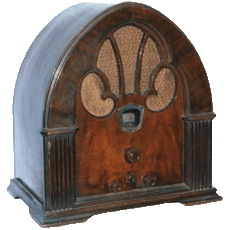11-07-2012, 08:55 AM
Before anyone says it...yes I'm a dumb***. I freely admit it. Take note of my avatar...says it all. I totally disassembled my model 90 tuning cap because it was rusty, and extremely dirty. More so than other radios I have seen. Plus I wanted to learn how. Before disassembly, I made plenty of drawings of how things came apart for future reference....or so I thought. I cleaned the vanes as best I could, sanded all the rust off of the steel chassis, repainted the chassis and cleaned as much of the dust/crud gunk off of the rest of it as I could with a dremel and a soft brass wheel. The thing looks really nice now. Now my question... when reassembling, I noticed that the "trimmers(?)" along the left side, with the mica spacers and the copper pieces that the tiny brass nuts and two screws go into. There are two different types of copper pieces. One size covers the entire mica spacer, the other is shorter and only partially covers the mica. I did not notice the difference upon disassembly. (There's always something ain't there?). From what I can tell by scanning the web, the two shorter ones go on the two rearmost sections of the vane assy? Or does it matter? I would think it would. I reassembled with the mica first, then the copper piece, then the phenolic washer and brass nut. However one of these also had a steel washer on top of the phenolic one. Again I didn't notice and now I cannot remember which one. (I think it may have been section 3 looking from the front). Does that matter? Any help from someone with an un-dumb***ed tuning cap, or who knows from experience like mine would be much appreciated.



![[-] [-]](https://philcoradio.com/phorum/images/bootbb/collapse.png)


